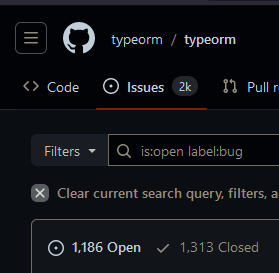Web Development
3458 readers
1 users here now
Welcome to the web development community! This is a place to post, discuss, get help about, etc. anything related to web development
What is web development?
Web development is the process of creating websites or web applications
Rules/Guidelines
- Follow the programming.dev site rules
- Keep content related to web development
- If what you're posting relates to one of the related communities, crosspost it into there to help them grow
- If youre posting an article older than two years put the year it was made in brackets after the title
Related Communities
- [email protected]
- [email protected]
- [email protected]
- [email protected]
- [email protected]
- [email protected]
- [email protected]
- [email protected]
- [email protected]
- [email protected]
- [email protected]
- [email protected]
- [email protected]
- [email protected]
- [email protected]
Wormhole
Some webdev blogs
Not sure what to post in here? Want some web development related things to read?
Heres a couple blogs that have web development related content
- https://frontendfoc.us/ - [RSS]
- https://wesbos.com/blog
- https://davidwalsh.name/ - [RSS]
- https://www.nngroup.com/articles/
- https://sia.codes/posts/ - [RSS]
- https://www.smashingmagazine.com/ - [RSS]
- https://www.bennadel.com/ - [RSS]
- https://web.dev/ - [RSS]
founded 2 years ago
MODERATORS
276
277
278
279
280
281
282
283
284
285
286
287
288
289
290
291
292
293
294
295
296
297
298
299
300
